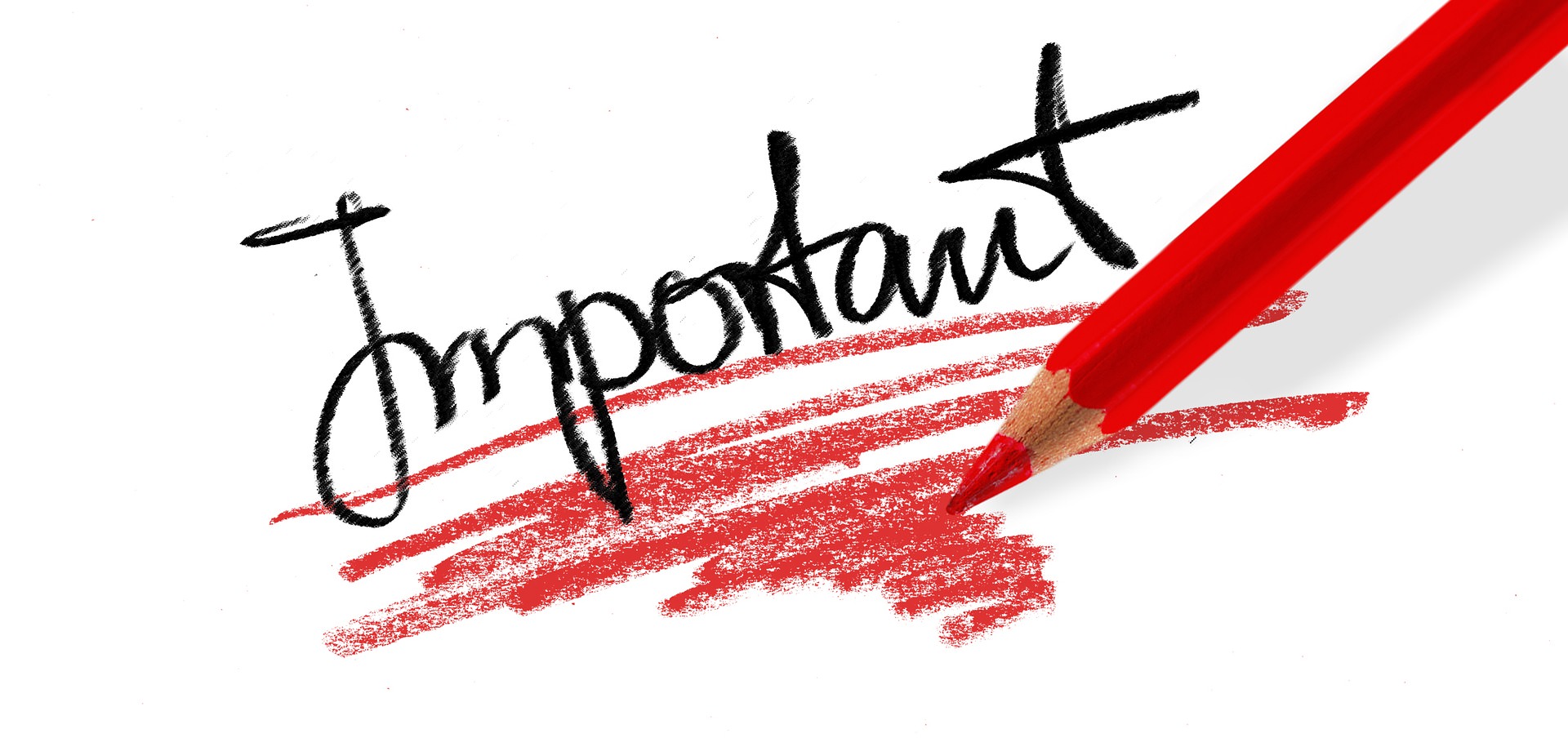Do you want to know what really bugs me?
Quotation marks and apostrophes.
As a professional copywriter and editor, I see these punctuation marks abused all the time.
Quotation marks are sometimes used to indicate that a word is being used in a non-typical, ironic, or other special sense. This usage has been coined ‘scare quotes’ and implies, ‘This word is being used with a meaning other than the obvious one’. Like any punctuation, however, scare quotes lose their importance and annoy readers if overused — or if used incorrectly. Readers get irritated wasting their time trying to decipher a hidden meaning when there really isn’t one.
Scare quotes will worry your customer
Take, for example, my recent trip to the grocery store. In the produce section, I encountered a sign for ‘fresh’ lettuce. What is the hidden meaning behind these quotation marks? Absolutely no one wants to buy ‘fresh’ lettuce! I wanted fresh, green, red, butter, romaine or any other kind of lettuce. But I most certainly did not want ‘fresh’ lettuce. Putting scare quotes around the word fresh indicates that the lettuce is something other than fresh, perhaps rotten or frozen or even cheeky.
I finally settled on some romaine hearts that were merely romaine hearts and made my way to the red peppers. I thought Communism was dead until I saw the ‘red’ peppers. Or perhaps there was a bumper crop of green peppers and the grocer had painted them red? Or were they really yellow peppers in disguise?
Misused and abused punctuation leaves readers confused
I meandered my way to the meat department and, lo and behold, what did I see? An ‘On Sale’ Now sign above the ribeye steaks. I’ve written about the capitalization of random words in an earlier post, so I won’t focus on that. I was more frustrated by the scare quotes, anyway. I had to determine if there was hidden meaning behind them. Do you see my dilemma? Were the steaks actually on sale? Or did it mean they were on sale last week and I had missed it? Or maybe the writer had directly quoted the grocer as having said the ribeyes were ‘on sale’ now? (Although, in that case it should have been written ‘on sale now’.) I couldn’t decide and walked past.
Quotation marks are never used to emphasise a word. Most style manuals suggest placing a word in italics if you wish to place stress on a term. But even italics, if overused, lose their force. Careful writing and proper sentence structure generally make any emphasis clear.
I headed to the check-out with my grocery cart loaded with things like ‘tortilla’ chips and ‘toilet paper’, not entirely convinced that these items were what they proclaimed to be.
Don’t throw apostrophes around like confetti
While waiting in line, I glanced at a handwritten sign for victims of Hurricane Irma. It read, ‘Please consider donating $1 to help victim’s of Hurricane Irma’. An apostrophe is never used to indicate that a word is plural. To make a word plural, just add an ‘s’. This sign would have been correctly written as, ‘Please consider donating $1 to help victims of Hurricane Irma’.
An apostrophe indicates possession, or ownership. So the sign would also have been correct as: ‘Please consider donating $1 to help Hurricane Irma’s victims’. Hurricane Irma would then be in ‘possession’ of the victims. To make a singular noun possessive, simply add an apostrophe and an ‘s’.
I arrived home with just a couple of shopping bags, muttering under my breath and threatening to take my red pen with me the next time I ventured to the grocery store. My husband has now hidden all the red pens in our apartment.
If you’d like help using quotation marks and apostrophes correctly, contact Lush – The Content Agency. We have an international team of copywriters and editors who will make sure your customers aren’t using their red pens.
Like what you’ve read? Sign up to the Lush newsletter for advice to help you market your business better, tips from our video production gurus, and a podcast or two from our favourite podcasting team, Brand Newsroom.
